- No products in the cart.
Paracetamol 500mg 20 pieces Medisorb tab
$0.42
Paracetamol 500mg 20 pieces Medisorb tab
Description
Composition
Active substance:
1 tablet contains paracetamol 500 mg.
Excipients:
Potato starch, povidone (polyvinylpyrrolidone, low molecular weight), stearic acid, talc.
Description:
Tablets white or white to cream color shade, ploskotsilindricheskoy form with facet and Valium.
Product form:
Tablets of 500 mg.
10 tablets in contour bezgyachakova packing. 2 contour packaging together with instructions for use placed in a pile of cardboard.
Contraindications
Hypersensitivity to paracetamol; expressed by human liver and kidney; Genetically, the absence of glucose-6-phosphate dehydrogenase; blood diseases; pregnancy and lactation; Children under 3 years of age; bronchoobstruction, rhinitis, urticaria, provoked by taking aspirin or other NSAIDs (including history).; condition after coronary artery bypass surgery; confirmed by hyperkalemia; erosive and ulcerative changes of the gastric mucosa and duodenum 12; active gastrointestinal bleeding; inflammatory bowel disease.
Precautions Gilbert syndrome (constitutional hyperbilirubinemia); abnormal liver function and kidney; coronary artery disease; chronic heart failure; cerebrovascular diseases; dyslipidemia / hyperlipidemia; diabetes; peripheral artery disease; smoking; creatinine clearance less than 60 mL / min; medical history of the development of ulcerative lesions of the gastrointestinal tract; presence of H. Pylori infection; elderly age; long-term use of NSAIDs; Frequent use of alcohol; severe somatic diseases; concomitant use of oral corticosteroids (including prednisone), anticoagulants (including warfarin), antiplatelet agents (including acetylsalicylic acid, clopidogrel), selective serotonin reuptake inhibitors (including citalopram, fluoxetine , paroxetine, sertraline). .
Dosage
500 mg
Indications
Paracetamol is used for: the treatment of moderate or low-grade pain (headache, toothache, migraine pain, sore throat, neuralgia, myalgia); lowering an elevated body temperature when cold and other infectious and inflammatory diseases.
Paracetamol is used for the symptomatic therapy reduce pain and inflammation at the time of use, does not affect the progression of the disease. .
Interaction with other drugs
When applied simultaneously with the drug inducers of microsomal liver enzymes (barbiturates, phenytoin, carbamazepine, rifampicin, AZT et al.) Increases the risk of hepatotoxicity
Inhibitors of microsomal oxidation (including cimetidine) reduce the risk of hepatotoxicity.
With simultaneous application of the drug reduces the effectiveness of uricosuric drugs.
With simultaneous application of high doses of drug enhances the effect antikoagulyarnyh PM (synthesis reduction of procoagulant factors in the liver).
Ethanol contributes to the development of acute pancreatitis.
Long-term sharing of paracetamol and others. NSAIDs increases the risk of “analgesic” nephropathy and renal papillary necrosis, onset of end-stage renal failure.
At the same time long-term use at high doses the drug with salicylate increases the risk of kidney cancer, or bladder.
With simultaneous use of diflunisal increases the plasma concentration of paracetamol on 50%, increasing the risk of hepatotoxicity.
With simultaneous use of myelotoxic drugs increase the expression gematotoksichnosti drug.
Overdose
Symptoms of acute poisoning include nausea, vomiting, stomach pain, a day later – the two defining characteristics of liver damage.
Treatment: removal of preparation.
Symptoms of severe overdose: liver failure, encephalopathy, coma.
Treatment: The victim should be gastric lavage, appoint adsorbents (activated charcoal) and seek medical advice.
pharmachologic effect
Pharmacological group:
Nonsteroidal anti-inflammatory drugs (NSAIDs).
Pharmacological properties:
Paracetamol refers to the non-narcotic analgesic agents. It has analgesic, antipyretic and anti-inflammatory effect negligible. The mechanism of action of the drug associated with inhibition of prostaglandin synthesis, an advantageous effect on the thermoregulatory center in the hypothalamus.
Pharmacokinetics:
After ingestion rapidly absorbed from the gastrointestinal tract, reaching maximum concentrations within 20 – 60 minutes. The maximum concentration – 5-20 .mu.g / ml. Relationship to plasma proteins – 15%. Penetrates the blood-brain, placental barriers found in human milk (less than 1% of the dose received nursing mother paracetamol). The therapeutically effective concentration of paracetamol in plasma achieved when administered at a dose of 10-15 mg / kg.
It is metabolized by microsomal liver enzymes (90-95%). 80% enters into the conjugation reaction with glucuronic acid and sulphates to inactive metabolites; 17% undergoes hydroxylation to form 8 active metabolites, which is conjugated with glutathione to form already inactive metabolites. With a lack of glutathione, these metabolites may block the enzyme systems of hepatocytes and cause their death. The metabolism of the drug is also involved isoenzyme CYP2E1. Excreted by the kidneys as metabolites, mainly conjugates, only 3% in an unmodified form; half-life of 1-4 hours. In elderly patients with reduced drug clearance and increased T1 / 2.
Conditions of supply of pharmacies
Without recipe.
side effects
At therapeutic doses, the drug is usually well tolerated.
On the part of the digestive tract: Chronic administration of high doses may hepatotoxic effects.
From hemopoiesis system: in rare cases – thrombocytopenia, leukopenia, agranulocytosis.
On the part of the excretory system: long-term administration of high doses may nephrotoxicity.
Allergic reactions on the part of the skin or systemic.
special instructions
To avoid liver toxicity of paracetamol should not be combined with the admission of alcoholic beverages, as well as to make people prone to chronic alcohol consumption.
It distorts the performance of laboratory tests for the quantitative determination of glucose and uric acid in plasma.
During long-term treatment is required to monitor patterns of peripheral blood and functional state of the liver.
Storage conditions
In a dry, dark place at a temperature not higher than 25 C.
Keep out of the reach of children.
Dosing and Administration
Inside, a large amount of liquid through 1? 2 hours after ingestion (food intake immediately after the onset of action leads to a delay). Paracetamol be applied inwardly of 200 or 500 mg up to 4 times a day.
Adults and children of 12 years (body weight 40 kg) 1? 2 tablet (0.5? 1 g) up to 4 times a day, if necessary. The maximum single dose – 2 tablets (1 g).
The maximum daily dose – 8 tablets (4 g). The interval between doses – at least 4 hours. In children older than 12 years are advised to observe the interval between doses of the drug for at least 6 hours. The drug is not recommended to use more than 5 days as an analgesic, and more than 3 days as antipyretic without prescription and a physician monitoring.
For children, the dose is calculated from the weight of the baby’s body: the maximum single dose – 15 mg / kg of body weight four times a day, every 6 hours maximum daily dose – 60 mg / kg body weight.
For children (3? 6 years). When a body weight of 15 21 kg – maximum single dose – 15 mg / kg body weight, with a maximum daily dose – 60 mg / kg body weight. Children under the age of 3? 6 years to ensure a more precise dosing of the drug should be used for children dosage forms.
For children (6? 9 years). 250 mg (? 500 mg tablets) to four times a day, if necessary. The maximum single dose – 250 mg (500 mg tablet?). The maximum daily dose – 1 g (2 tablets). The interval between doses – at least 4 hours.
For children (9? 12 years). 500 mg (1 tablet) to 4 times a day, if necessary. The maximum single dose – 500 mg (1 tablet). The maximum daily dose – 2 g (4 tablets). The interval between doses – at least 4 hours.
In children, the drug is not recommended for more than 3 days without prescription and a physician monitoring. It does not exceed this dose. In case of exceeding the recommended dose, immediately consult a doctor, even if you feel well, because there is a risk of delayed serious liver damage. Increasing daily dose or duration of treatment is possible only under medical supervision. Patients with chronic or decompensated liver disease, patients with liver failure, chronic alcoholism, malnourished patients and in the dewatering of the daily dose should not exceed 3 g
Information
Appearance may differ from that depicted in the picture. There are contraindications. You need to read the manual or consult with a specialist
Additional information
| Weight | 0.100 kg |
|---|---|
| Manufacturer | Medisorb |

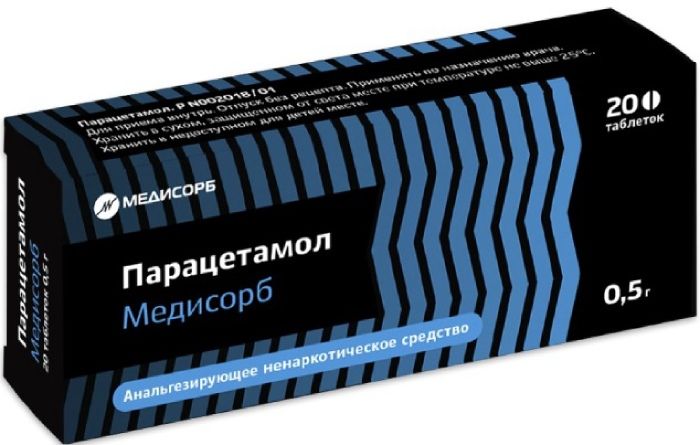
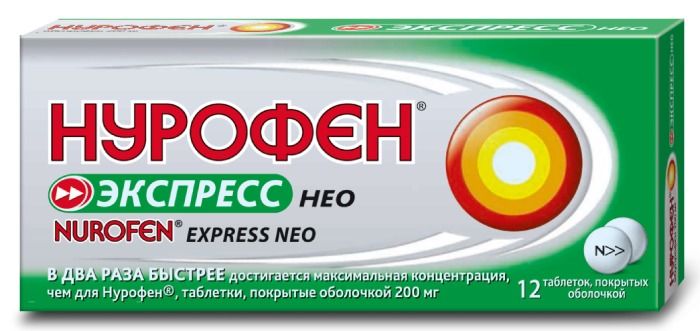
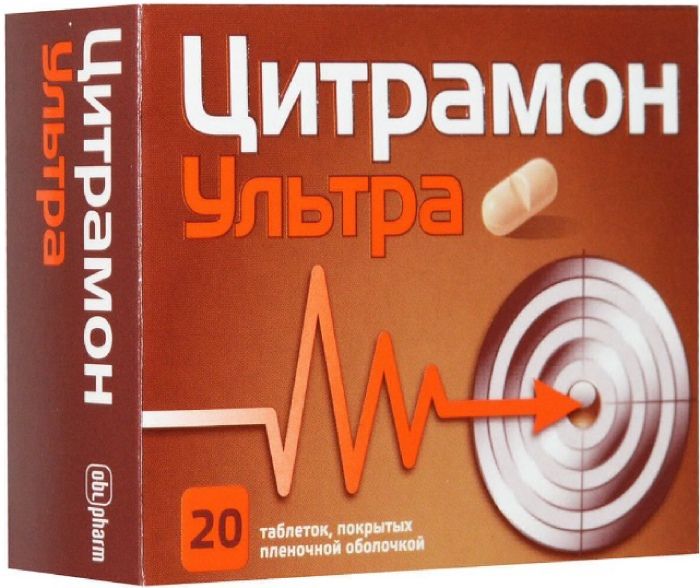
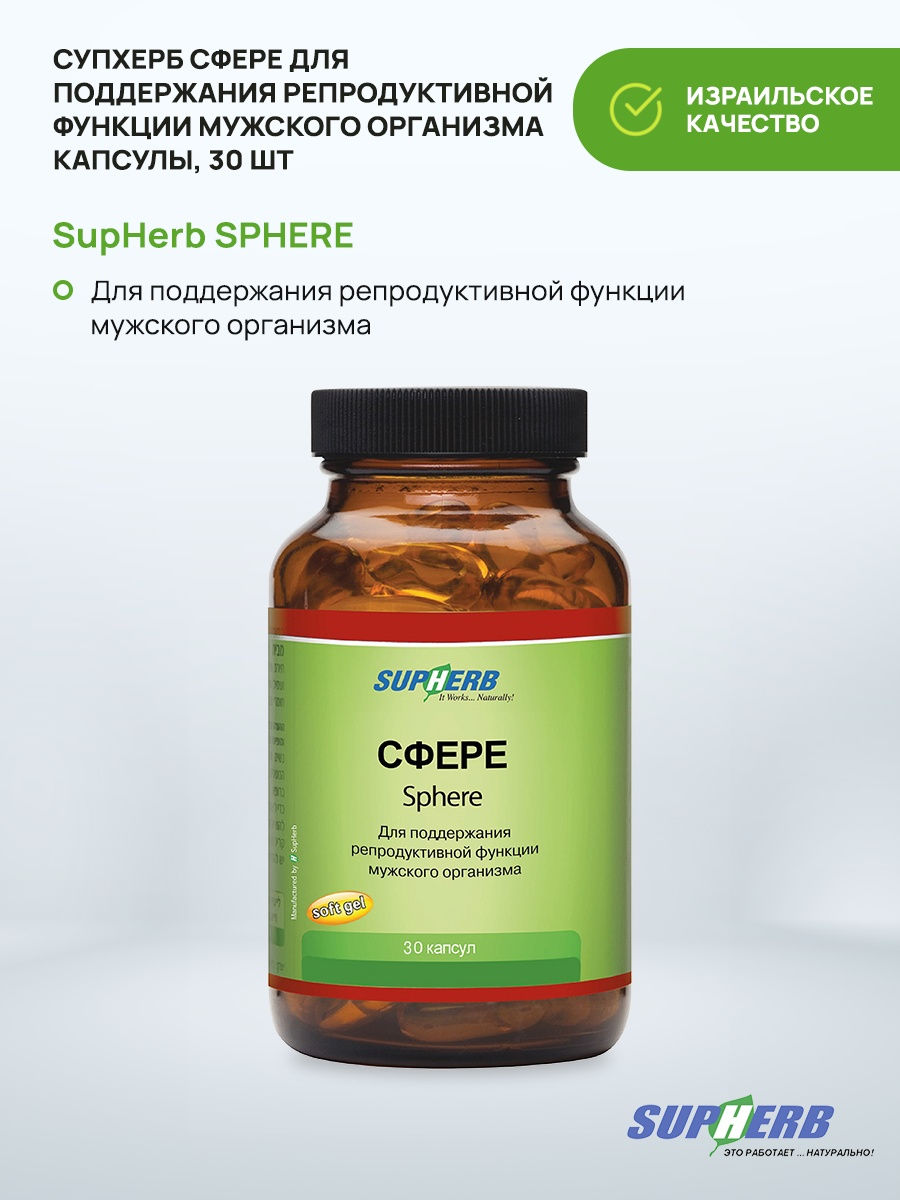

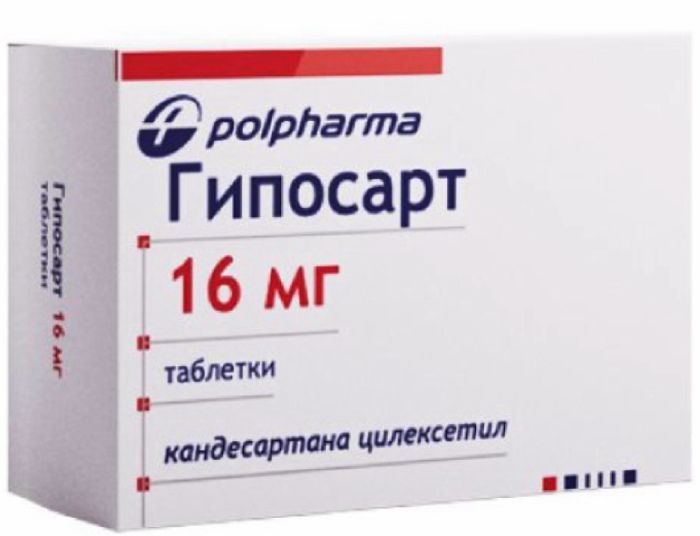
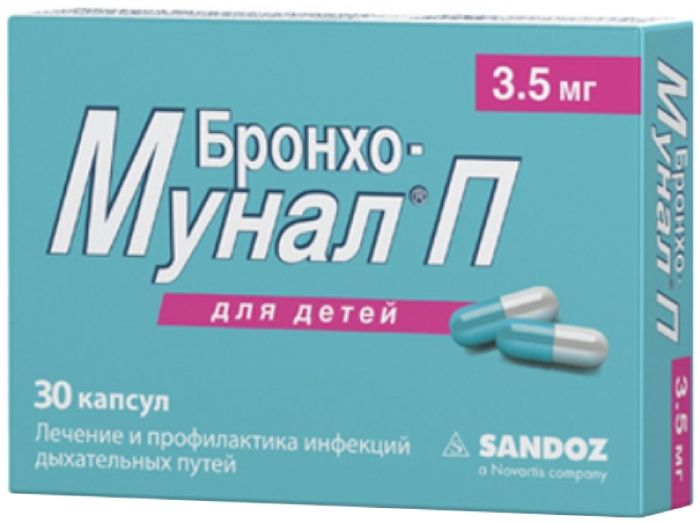
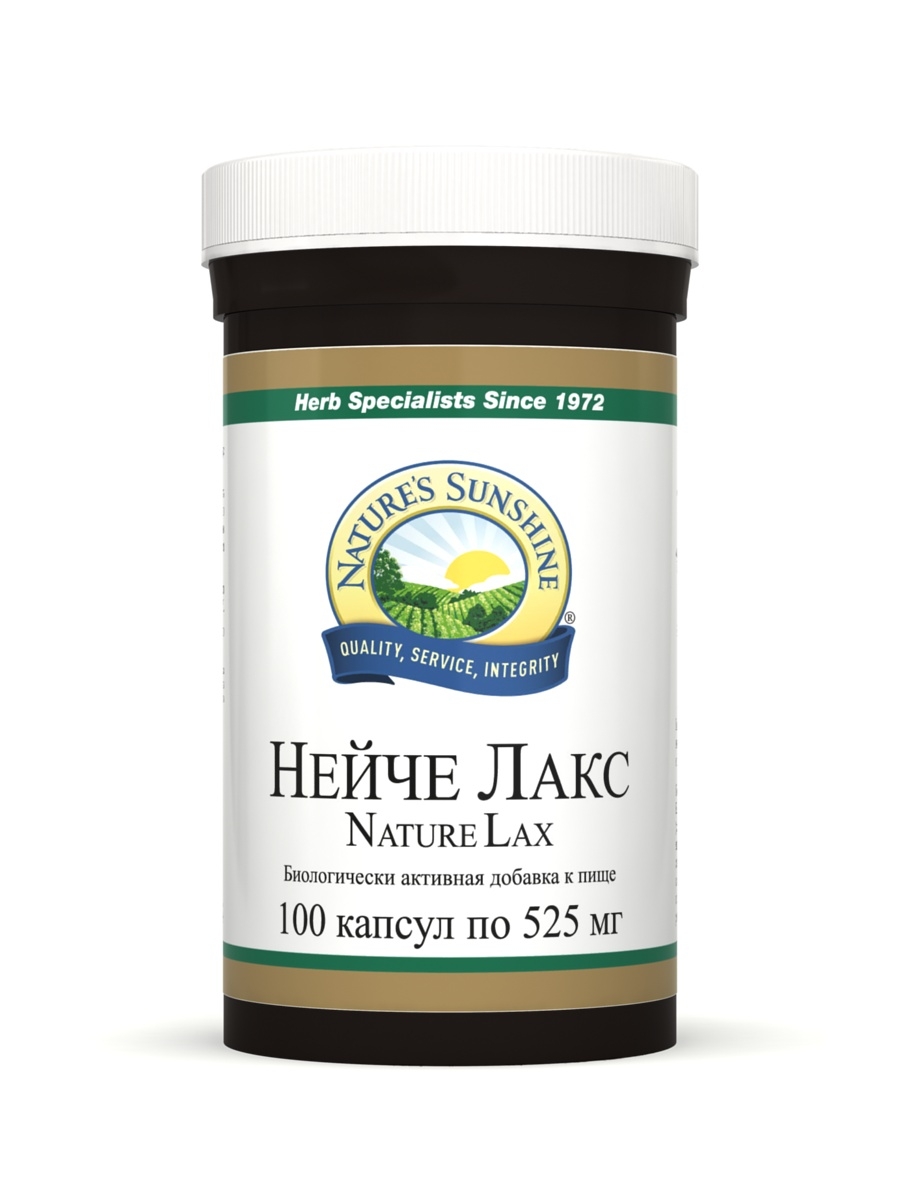
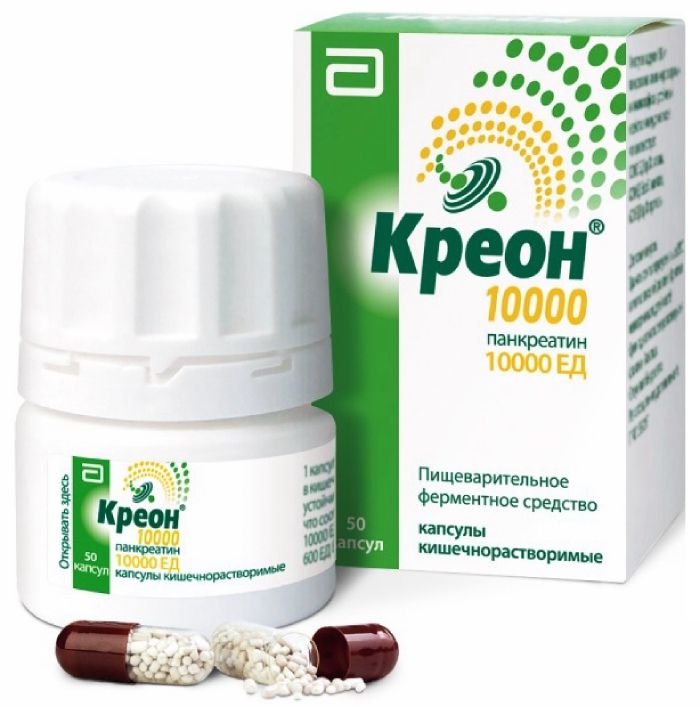




There are no reviews yet.